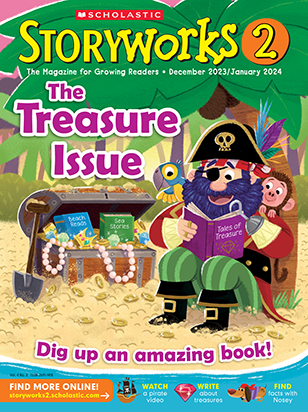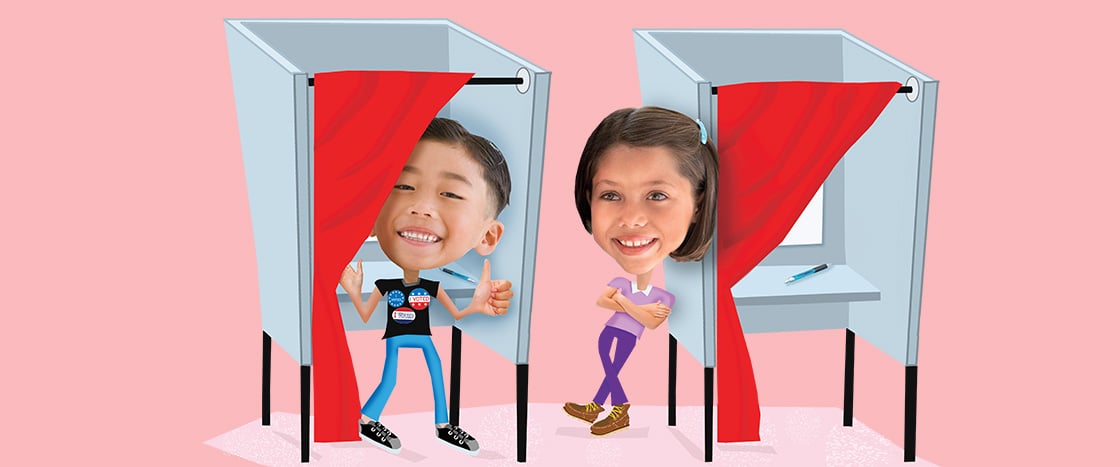Dan
Kids should be allowed to vote for president.
First of all, what the president does matters to kids. We should help pick who the president is!
Next, kids have great ideas. Sometimes we have better ideas than grown-ups. We would make good choices.
Last, kids are people too. We should have the same rights as adults.

